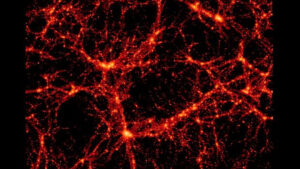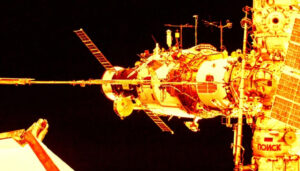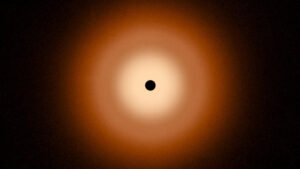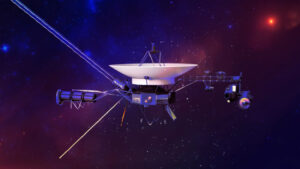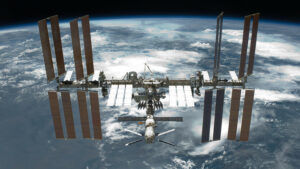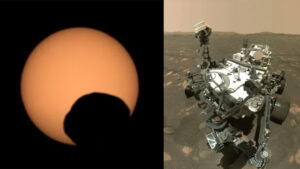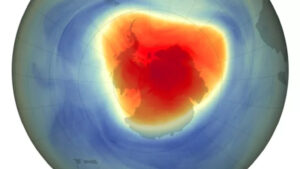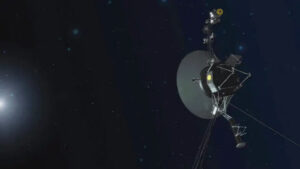Science
NASA re-establishes contact with the interstellar Voyager 1 spacecraft using technology that hasn't been used in decades
PUBLISHED THU, OCT 31 2024 5:00pm EDT
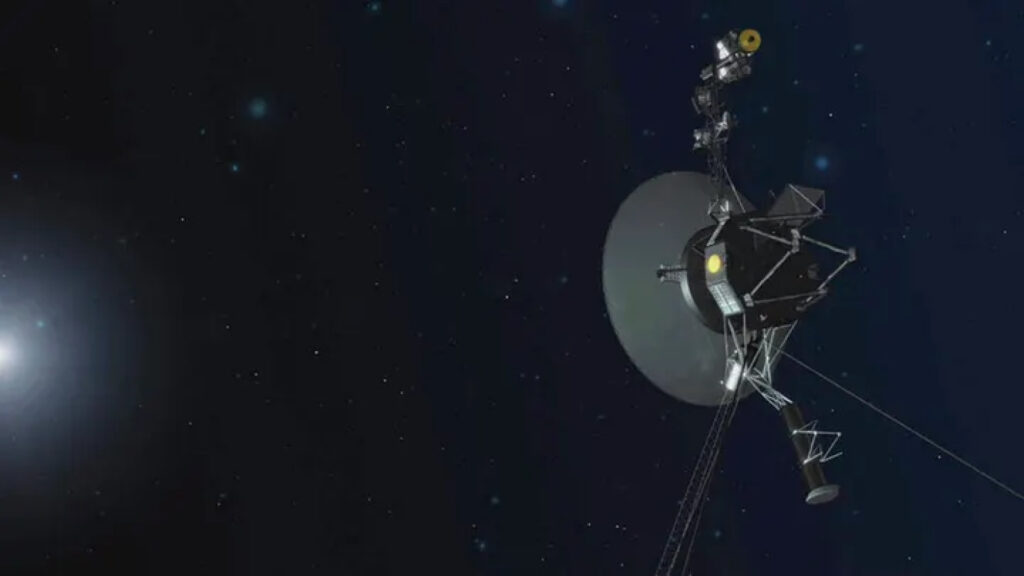
NASA has re-established communication with Voyager 1, the interstellar spacecraft currently over 15 billion miles from Earth, after a temporary loss of contact. This connection was restored using a radio frequency that hasn’t been utilized in more than 40 years.
Voyager 1 has experienced intermittent communication issues, and on November 14, 2023, it stopped sending clear data to NASA’s Jet Propulsion Laboratory in Southern California. It took until April for mission controllers to successfully re-establish communication. More recently, the spacecraft unexpectedly shut off one of its two transmitters, likely triggered by its fault protection system, which automatically responds to onboard problems.
NASA explained that if Voyager 1 consumes too much power, the fault protection system conserves energy by disabling non-critical systems. On October 16, the flight team sent a command to turn on one of the spacecraft’s heaters. Given the vast distance, the command took almost 23 hours to reach Voyager 1 and another 23 hours for a response to return. However, the spacecraft’s fault protection system had been activated, even though engineers believed there should have been sufficient power.
On October 18, the team discovered that the Deep Space Network couldn’t detect Voyager 1’s signal because the fault protection system had reduced the transmitter’s data transmission rate, altering the X-band signal used for communication. Once engineers located the signal, Voyager 1 appeared stable, and an investigation into the issue began.
However, on October 19, communication was lost entirely. Engineers suspected the fault protection system had activated twice more, causing Voyager 1 to switch to a secondary S-band transmitter, which requires less power. The S-band had not been used to communicate with Earth since 1981.
The Deep Space Network eventually detected Voyager 1’s S-band transmission. To avoid further complications, the team decided not to reactivate the X-band transmitter immediately and instead confirmed the S-band was functioning properly by sending a command on October 22. Engineers are now working to diagnose the issue and restore normal operations for Voyager 1.
Voyager 1, along with its twin Voyager 2, was launched in 1977 to explore the gas giants of the solar system. Voyager 1 captured stunning images of Jupiter’s Great Red Spot and Saturn’s rings before using Saturn’s gravity to propel itself past Pluto. Meanwhile, Voyager 2 continued on to study Uranus and Neptune, providing iconic views of these distant planets.
Science
Advertise With Us
BVD Newsletters
Sign up for free newsletters and get more BVD delivered to your inbox
Get this delivered to your inbox, and more info about our products and services.
© 2024 BVD LLC. All Rights Reserved.
Data is a real-time snapshot *Data is delayed at least 15 minutes. Global Business and Financial News, Stock Quotes, and Market Data and Analysis.
Market Data Terms of Use and Disclaimers
Data also provided by REFINITY

